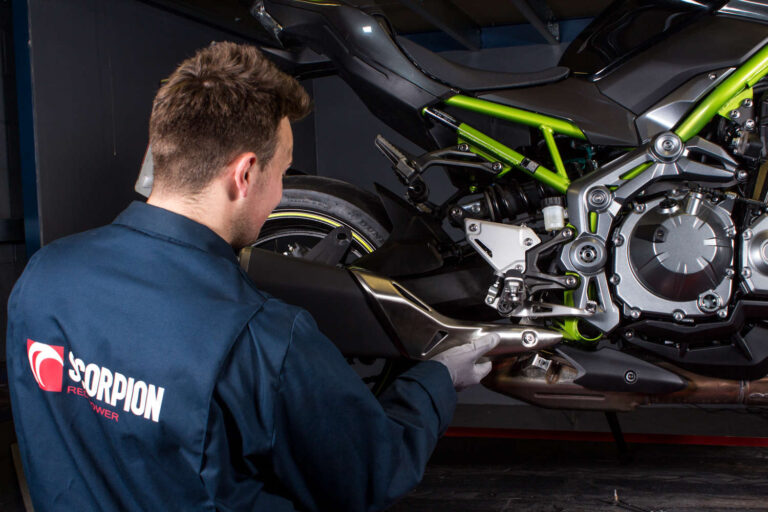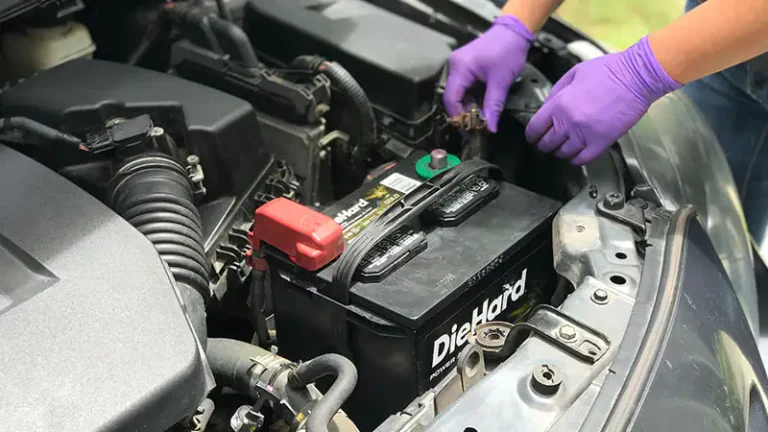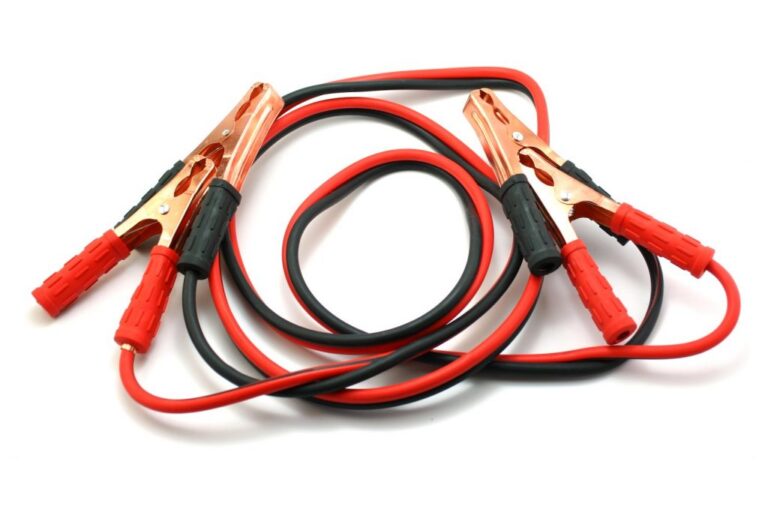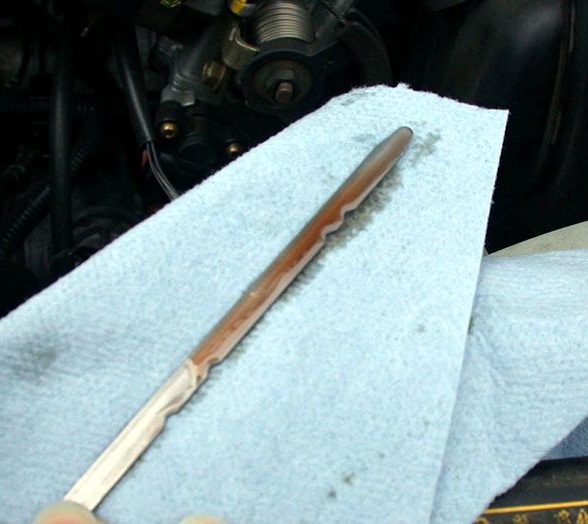Taking care of your motorcycle is like taking care of your child, in fact, the motorcycle (as well as the car) have different parts that we could associate with the parts of our body: the tires can be perfectly our limbs, the engine our heart and the oil the blood.
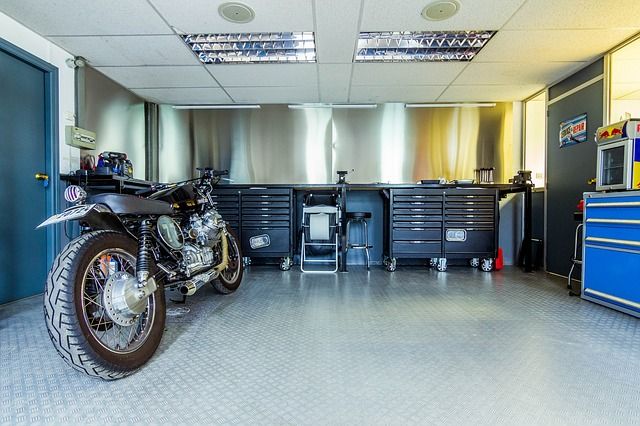
And of course, if oil is the blood of the engine, it must be a very important element when it comes to keeping your motorcycle up to date. Many times we are unaware of certain elements, acronyms or denominations that we use on a day-to-day basis and that, knowing them better, we could make a better use of in relation to our expenses.
You should know, first of all, the functions that the oil of your motorcycle fulfills and, above all, what are the factors that most influence when it comes to having to make the change. Let’s see what are those factors that can make you have to change the oil of your motorcycle more or less quickly:
- The number of starts when cold. In addition to the frequency of these.
- The number of kilometers you do with the motorcycle per day.
- How much you step on the accelerator, that is, the position of load.
- Engine cooling phases.
- The temperature, that is, the time of year.
- The use, that is, how much you use the motorcycle (sporadic, daily, etc.).
What do you need:
First of all, you must know what type of engine your motorcycle is, there are two types:
- The 2T: the piston makes two linear movements to complete the 4 stages of the thermodynamic cycle, which is equal to a single revolution of the crankshaft.
- The 4T: it makes four movements to complete the 4 stages of the cycle, that is, there are two turns that the crankshaft makes.
That is the main difference that exists between the engines that can be on a motorcycle. But it should also be noted that in many, if not most, 4T engines the gearbox is together with the engine, which means that the oil must also include additives that help the gearbox to work smoothly. adequate.
This means that in this type of engine the crankcase is dry, so we cannot under any circumstances “play” with the type of oil that we are going to put on our motorcycle, since it does not have enough additive components for everything to work correctly.
You should also know that there are, as in cars, two types of oils: mineral and synthetic (where semi-synthetics also come in). The first is known as such because it practically comes from oil that is refined and is generally used in older cars or motorcycles, when synthetics did not yet exist. Similarly, there are still more recent models that use this type of oil.
Synthetics and semi-synthetics have been developed to fundamentally improve two things: the degree of wear of the engine components (lubricates better) and a greater durability of this in the engine, which also means savings at the level of change frequency of oil.
The classification made by the API (acronym for American Petroleum Institute or American Petroleum Institute) is present in all containers and is made up of two letters: this will depend on whether your engine is gasoline “S” or diesel “C”. This classification concerns us less in the world of motorcycles, being more important that of the SAE.
The Society of Automotive Engineers distinguishes two types of oil:
- Monogrades: they work at specific temperatures or at a specific thermal range. NOT to several.
- Multigrade: they work at variable ranges, that is, at various temperatures. This is achieved thanks to the presence of additives that do not admit the loss of properties by the oil.
This is the origin of the traditional classifications like 15-40. Those kinds of “designations” that we ordinarily hear when we go to a workshop or that we even use ourselves when we buy oil for our motorcycle. The W means winter, from English Winter, the higher the number next to this letter “the colder it holds”.
We wanted you to be aware of the categorization that is done according to the weather:
- SAE 5W-50: for hot climates in general, with fairly modest winters (not very cold).
- SAE 15W-40: It is ideal for temperate climates, that is, it would fit well with the Mediterranean climate, hot summers and cold winters, but not too cold, which have a certain amount of rainfall.
- SAE 20W-50: They are for the most intense climates, ideal for areas of mainland Spain (center and mountain areas), that is, the one that is most affected by the so-called continental phenomenon. Sites where the thermal amplitude is great, where summer can reach 30-35 degrees and in winter temperatures can even reach below zero degrees.
Although in the final part of this guide we will give you some tips when it comes to changing the oil on your motorcycle, you need to know in advance that you should always have your motorcycle’s instruction manual at hand, for the following reasons:
- Ask questions about the specifications of your motorcycle, from the type of engine to the oil that is recommended.
- Read the recommendations made by the manufacturer so that you obtain the best performance and durability from both the motorcycle and the oil and engine parts. Of course, not everything should be followed to the letter, especially since on many occasions they are the options that involve a greater outlay.
When and how should I change the oil in my motorcycle? step by step guide
Once all of the above has been explained, which are the premises or bases from which you must start so as not to miss what we are talking about, you should know that it is best to change your motorcycle’s oil every 5,000 or 6,000 km.
If you did not reach that number of km in a certain amount of time, you should know that the oil change can be done every 6/7 months or a year. On the other hand, the oil filter should be changed every two oil changes, which would be the equivalent of a year and a half or two years or 10,000-12,000 km.
Unlike cars, the mileages are much stricter and remember that this is also due to the fact that, in the case of 4T engines, it is not recommended to allow too much time to pass because, in addition to fulfilling the common functions of the oil, it also includes additives. for the gearbox, which is a fundamental part of continuous wear.
In the coldest places, it is always recommended to change the oil when it is not winter, this because it can cause some other problem when removing the oil (freezing).
In such a case that it is necessary to make the change in winter, it is recommended to start the car for a couple of seconds so that it maintains a little heat and thus does not have any type of inconvenience.
As in the case of cars, you can do the oil change on your motorcycle yourself, yes, what is always recommended is to take it to a mechanic. Let’s look at the two methods.
Taking your motorcycle to a workshop
It is the simplest and most recommended method, you can save on some items because not all workshops force you to buy in their store.
- Once you have traveled 5,000 or 6,000 km or about a year has passed, it is time to take your motorcycle to have an oil change.
- In this step you have two options: buy what the brand recommends, what the workshop/ mechanic recommends, or buy an oil yourself that suits your motorcycle and your budget. Remeber: in no way can you put an oil of lower quality than what the brand recommends. You can cause serious damage.
- Wait for the experts to make the change and that’s it!
Doing it on your own
For this, you will need some previous elements:
- Set of keys to remove the plugs.
- New oil.
- Funnel.
- Two drums or one for old oil.
Let’s start with the process:
- You must locate the tank and the caps: there is one for filling and another for emptying. First, the filler is opened to allow air to enter the tank.
- Now you must open the drain plug and let it fall into the drums you placed. Once emptied you can take advantage and change the filter, although it is more complex.
- You must cover the tank again with the drain plug and begin to pour the new oil with the help of the funnel. Once this process is done, you can proceed to place the filler cap with the help of the aforementioned keys.
Read our tips because they will help you save and extend the life of your motorcycle
It is essential that you always keep this maintenance up to date for the following:
- You avoid failures of parts such as connecting rods or the gearbox itself. This would be more expensive to repair.
- The ideal is always that you change the filter of your motorcycle every two oil changes.
- This will allow your motorcycle to be serene and not make strange noises due to a lack of lubrication.
- Always consult the manual in case of doubt and do not skip or omit the recommendations that are made there, they are the experts.
- Never get carried away by the cheapest oil, always demand quality.

